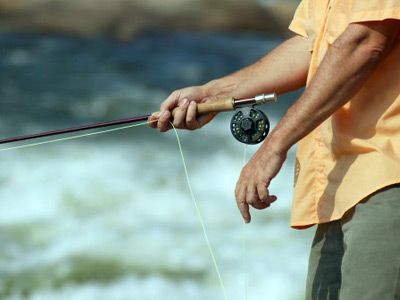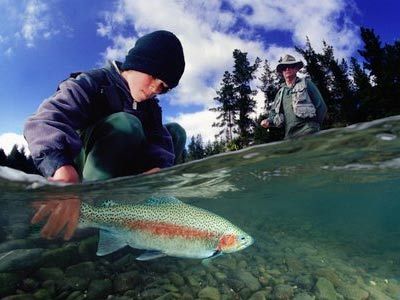It's easy to see why angling with a lure that looks like a fish, smells like a fish and moves like a fish will catch more fish. That's exactly why soft-plastic fodder that imitates lures, commonly referred to as swimbaits, is becoming so popular among bass fishers.
So why use swimbaits over live bait? For one thing, swimbaits offer a great deal of control, unlike live bait, which literally have minds of their own. The more obvious reason to choose swimbaits is, of course, that they work.
Advertisement
Swimbaits have been all the rage on the West Coast for a while, but their popularity is rapidly migrating eastward [source: Bolton]. Many anglers choose swimbaits for their size because big baits catch big fish. Typically, swimbaits are 4 to 8 inches (10.2 to 20.3 centimeters) long, making them the perfect choice if you're trying to land a bass worthy of a trophy.
Most swimbaits are constructed of molded plastic and are made either in one solid piece or sectioned so that they produce a more lifelike side-to-side motion when being pulled through the water. But modern swimbaits have much more going for them than just the way they swim.
Swimbaits are made by pouring heated plastic into molds. As the plastic in the molds begins to cool, various flavors, scents, dyes and reflective materials are added to the mix. This makes these lures not only move like live bait but look, shine and smell like them, too!
Now that you know what bass fishing swimbaits are, read on to learn when to use them.
Advertisement



